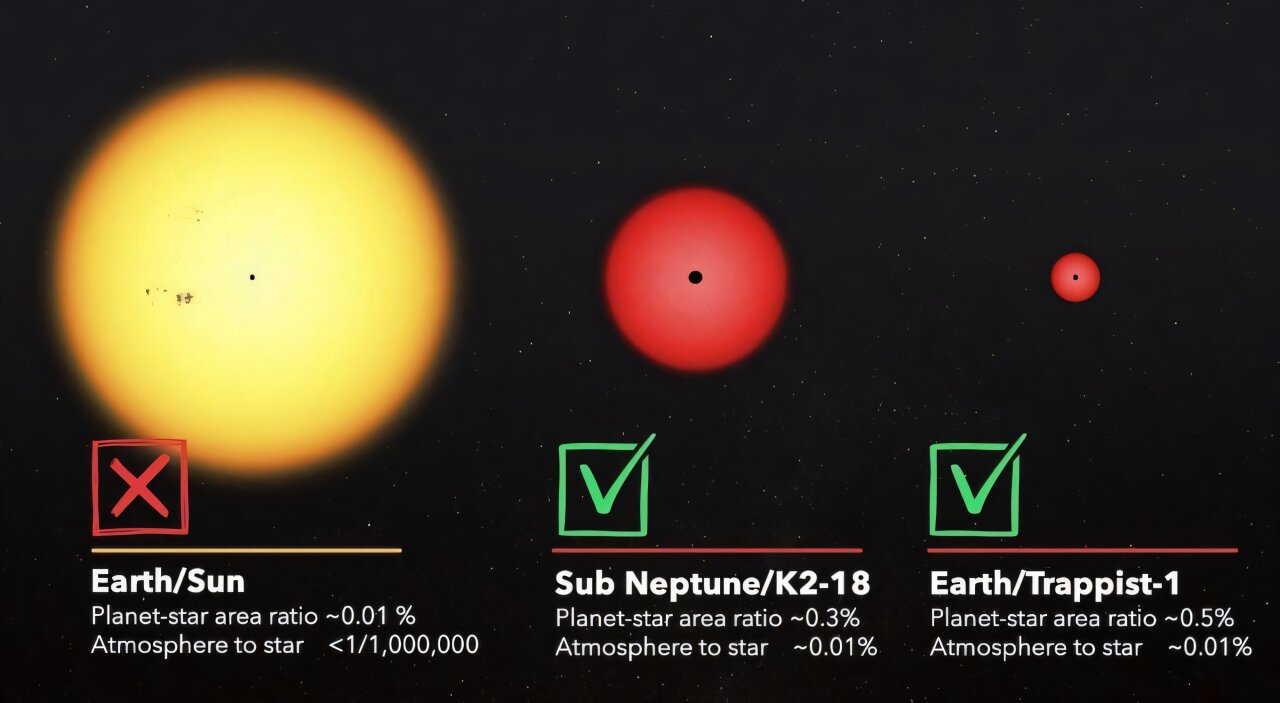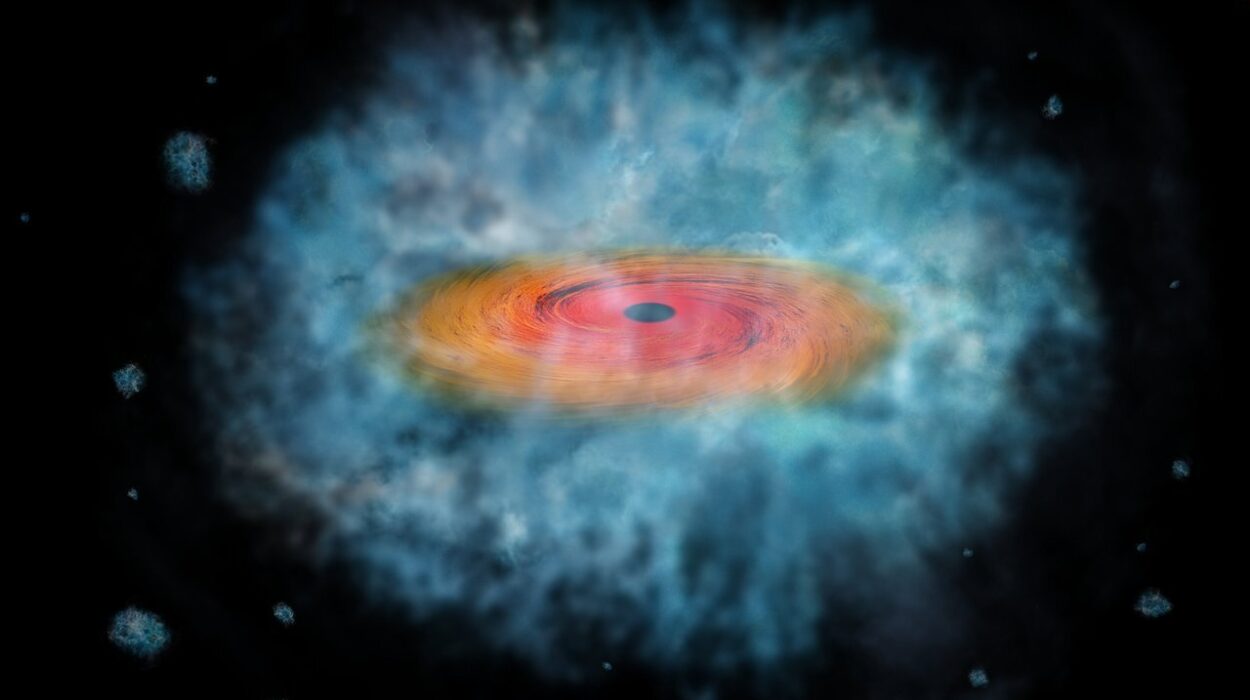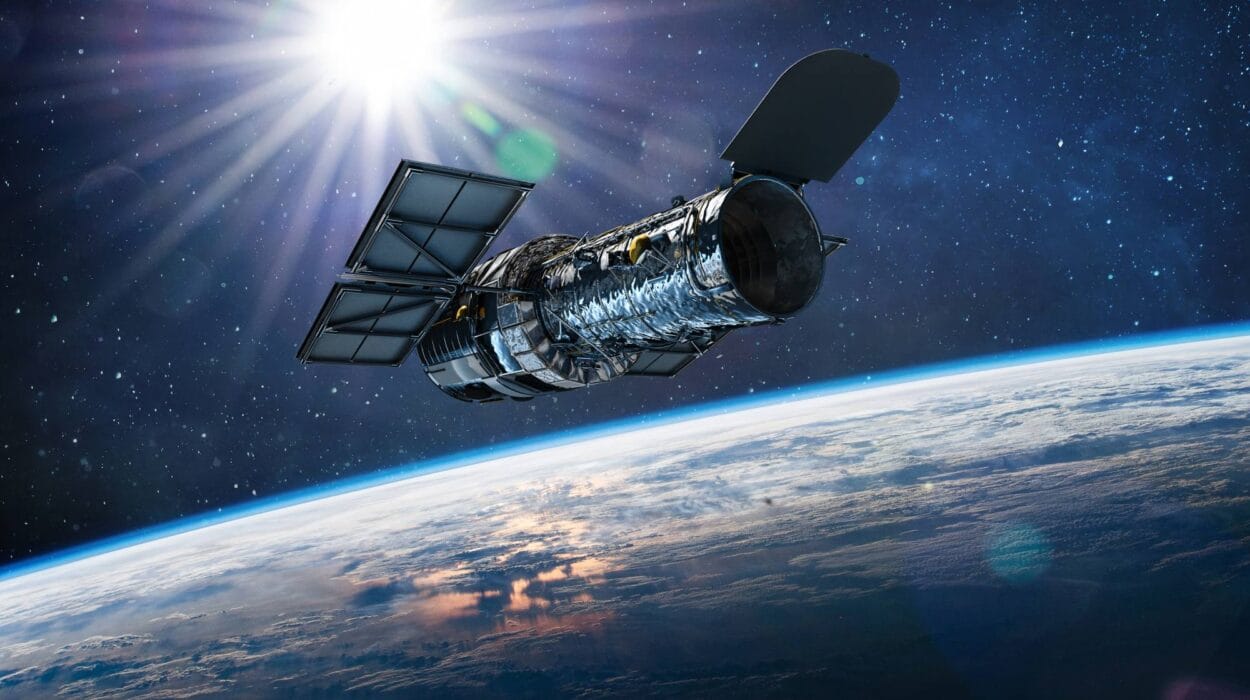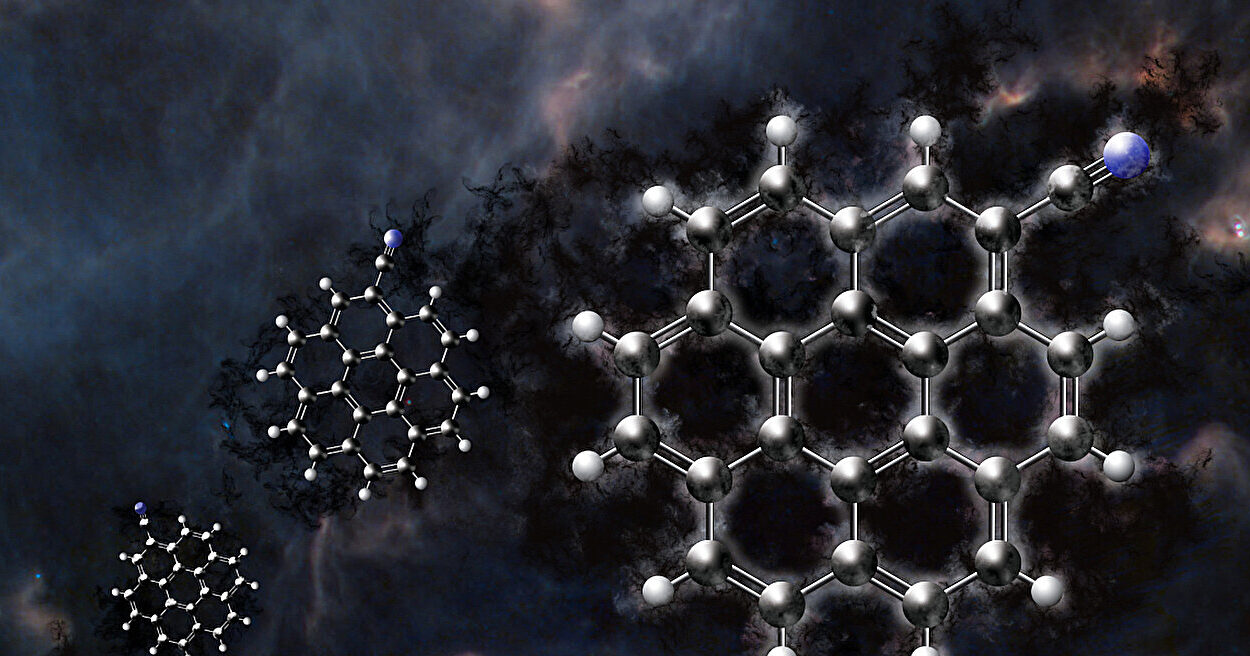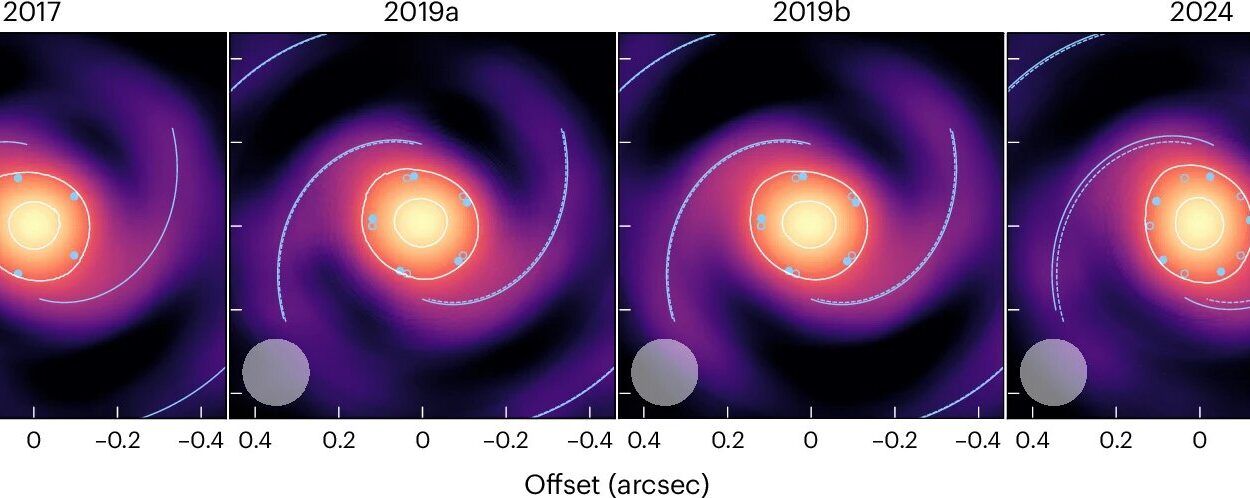For generations, the search for life beyond Earth has followed a familiar script: look for planets that resemble our own—a stable, rocky world orbiting a sun-like star, bathed in gentle warmth, with breathable air and liquid water. But a growing chorus of scientists is challenging that vision, arguing it may be far too narrow for a cosmos as vast and varied as ours.
In a sweeping new review led by MIT astrophysicist Sara Seager, researchers are urging the scientific community to abandon its Earth-centric lens and widen its imagination. The paper, published on the arXiv preprint server, suggests the future of astrobiology may not lie in finding “Earth 2.0,” but in exploring the boundless diversity of planets we’ve already discovered—worlds that defy our expectations and could still, remarkably, host life.
As the James Webb Space Telescope (JWST) begins peering into the atmospheres of distant exoplanets with unprecedented clarity, this shift in perspective could define the next great era of cosmic discovery.
The Earth Bias—and Why It’s Holding Us Back
For decades, astronomers have dreamt of finding an Earth twin—a small, rocky planet in a “Goldilocks zone,” orbiting a sun-like star at just the right distance to harbor liquid water. It’s a comforting idea, born from the only example of life we know.
But in the past 20 years, the universe has shattered our assumptions.
We’ve now cataloged more than 5,000 exoplanets. Many don’t look anything like Earth. Some are covered in thick blankets of gas. Others orbit red dwarfs or circle in bizarre, elliptical paths. There are hot Jupiters, rogue planets drifting without stars, and water worlds that may be ocean from pole to pole. In this bewildering diversity, the old rules begin to feel outdated.
“There’s a danger in being too narrow,” says Seager, a pioneer in the field of exoplanet research. “The odds of finding a planet exactly like Earth—same size, same temperature, same atmosphere—are slim. But life might exist in environments that look nothing like our own.”
This isn’t science fiction. It’s a recalibration of the possible.
Life in the Unlikeliest Places
What makes a world habitable? For most of modern science, the answer has been simple: it must have water, a solid surface, and the right temperature range. But life on Earth has already shown us that biology doesn’t play by simple rules.
The new review highlights the incredible adaptability of Earth’s extremophiles—bacteria and microbes that survive in boiling acid, frozen deserts, radioactive waste, and atmospheres rich in hydrogen, carbon monoxide, and even methane. These organisms rewrite the limits of life as we know it.
“We’ve seen microbes on Earth survive without oxygen, without light, even without a surface,” Seager explains. “That opens the door to a whole range of environments on exoplanets that we previously overlooked.”
One of the most radical ideas in the review? Life that floats.
Instead of clinging to solid ground, some organisms might thrive in the skies—forming what researchers call “cloud biospheres.” Imagine microbes suspended in the upper atmospheres of gas giants or super-Earths, buoyed by turbulence and feeding off chemical reactions in thick clouds. These hypothetical ecosystems would have no soil, no roots, and no cities—just airborne biology drifting in the planetary wind.
It’s a far cry from anything we know on Earth. But it’s not impossible.
A Chemistry-First Approach to Finding Life
To search for alien life, scientists look for biosignatures—chemical footprints of metabolism left behind in a planet’s atmosphere. Traditionally, researchers focused on detecting oxygen or ozone, gases tied closely to photosynthesis and life on Earth.
But if life is more versatile than we thought, our biosignature checklist needs an overhaul.
That’s why Seager’s team proposes an “all small molecule” approach. Instead of asking whether a planet has oxygen, the question becomes: Does it have any gas that might plausibly be produced by life?
From methane to sulfur compounds, even trace amounts of ammonia or phosphine, the new framework catalogs a wide variety of potential biosignatures based on the metabolic byproducts of Earth’s most diverse microbial life.
This broader strategy isn’t just speculative—it’s practical. The James Webb Space Telescope, with its powerful infrared sensors, can now analyze the light filtering through an exoplanet’s atmosphere during transit. With the right targets and the right filters, scientists can spot unusual gas signatures that might hint at biological activity.
In short, we’re entering an era where we don’t just look for planets that resemble home—we hunt for the chemistry of life, wherever it may emerge.
The Role of Metal Ions—and Cosmic Delivery Systems
Even in the most exotic scenarios—floating biospheres, ocean worlds without land, alien atmospheres thick with gas—there is one common thread that ties all known life: the need for metal ions.
On Earth, elements like iron, magnesium, and zinc are essential catalysts in cellular processes. But how would life access these elements on a world without solid rock or soil?
The review offers a fascinating possibility: meteoritic delivery. Just as comets and asteroids brought water and carbon to early Earth, they might also deliver metal-rich dust to the upper atmospheres of distant exoplanets. Over time, these infalling grains could supply enough raw material to sustain a cloud-based ecosystem.
It’s speculative—but rooted in chemistry and cosmic history.
This insight adds a new dimension to habitability. Planets once dismissed as uninhabitable—because they lacked surfaces or water in the usual sense—might still harbor strange, suspended life if they receive the right ingredients from above.
Rethinking the Question Entirely
Ultimately, this research is a philosophical pivot.
Instead of asking, Is this planet like Earth?, scientists are now asking, Could life exist here—even if it looks nothing like life on Earth?
It’s a small change in language. But a profound one in meaning.
With thousands of exoplanets waiting to be explored, and JWST just beginning its mission, this new, open-minded approach dramatically widens the field. It acknowledges what astrobiology has been whispering for years: the universe is more creative than we are.
By letting go of our Earth bias, we may finally be ready to see what’s truly out there.
The Cosmos, Reimagined
The search for life is no longer about looking in the mirror. It’s about listening—carefully, expansively—to the signals the universe sends us. A strange gas here. A curious heat signature there. Patterns in the sky that hint at something we can’t explain—yet.
We stand at the edge of a profound discovery. And the only certainty is this: life, if it exists beyond Earth, will surprise us.
By opening our minds to new possibilities, we increase the odds of seeing what’s been hiding in plain sight all along.
Because the truth is, alien life might not be waiting for us on an Earth-like planet. It might be floating in a golden cloud above a gas giant, or swimming in an ocean that never touches land.
It might be strange. It might be silent. It might be nothing like us.
But it might be there.
Reference: Sara Seager et al, The Diversity of Exoplanetary Environments and the Search for Signs of Life Beyond Earth, arXiv (2025). DOI: 10.48550/arxiv.2506.11690
